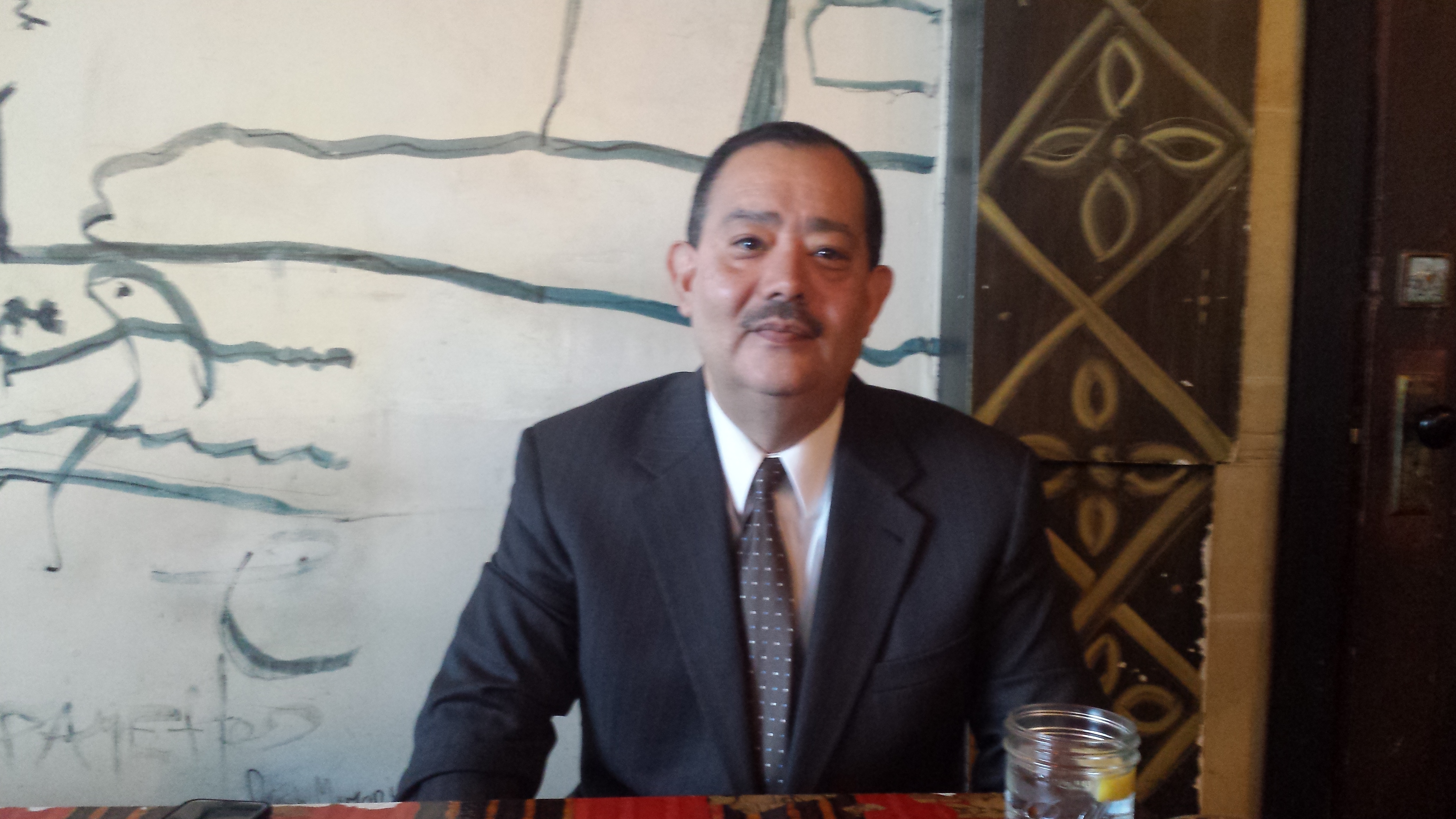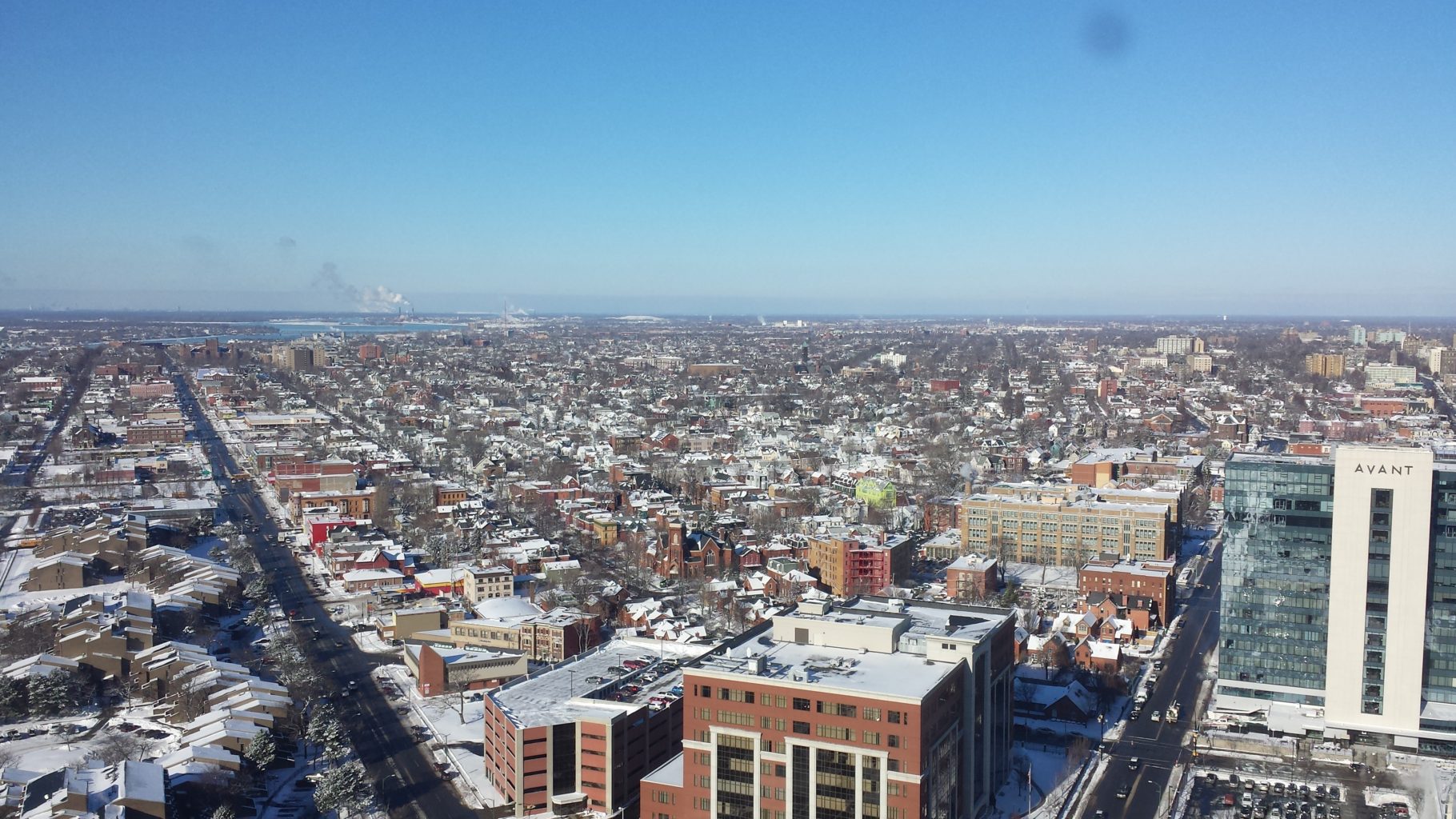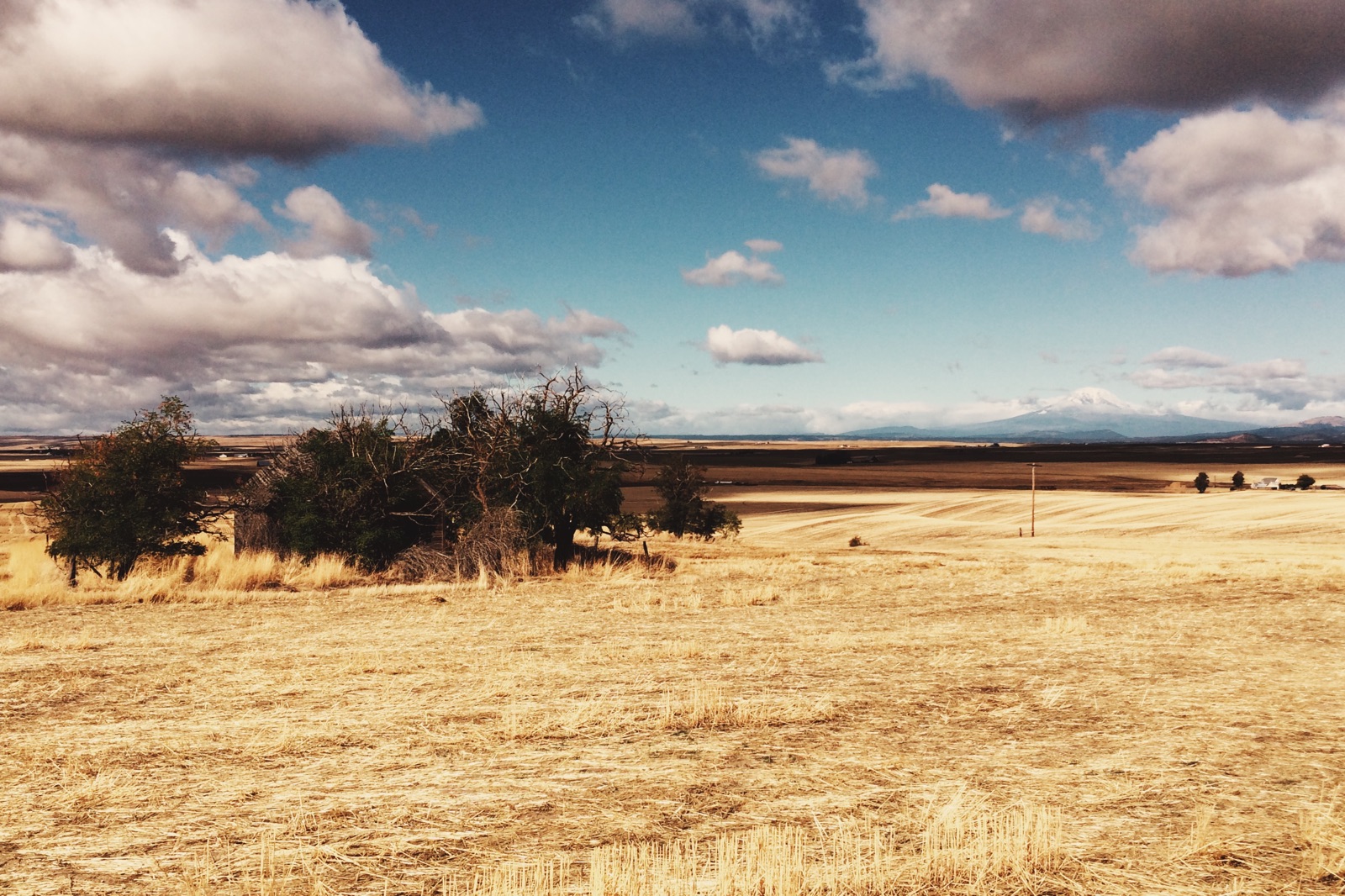It was last December, at the Peace, Love, and Grant Street event where Drew and I first met City Councilman David Rivera. We were set up to sell our t-shirts and collect email addresses for RISE at Public Espresso’s pop up shop on Grant and Potomac.
That night, there were protests blocking off the street on multiple corners, police on horseback and squad cars everywhere as families tried to navigate the event that encourages the exploration and support of Grant St. So within all of that action, here’s two guys standing behind a multitude of black t-shirts with giant skulls on them. Come talk to us about the new West Side and how it happened!
He did. And we set up this interview for January. Mr. Rivera suggested we speak at Sweetness 7 Café at Grant and Lafayette, a cornerstone of the revitalized district. So last week, we sat down to talk about the West Side, the city, what has been happening, and what we would like the future to hold.
David Rivera was born and raised in the neighborhood he now represents. The Niagara Council District’s boundaries are the Niagara River to the west, Porter Ave to the south, Delaware and Richmond Avenues to the east, W Ferry and Forest Avenues to the north. He grew to know the rest of the city as a Detective Sergeant with the BPD, investigating almost every type of crime except homicide.
In 2007, he decided to run for the City’s Common Council and was told he would lose. He was a clear outsider with no support from Mayor Byron Brown. Undeterred, Rivera spent weeks going door to door after work each night. On election night, he won by 91 votes.
The problems staring the new councilman in the face when he took office in 2008 stemmed from an abandoned West Side. The products of that abandonment were empty houses, empty storefronts, absentee landlords who violated codes on their properties, a lack of youth programming, failing schools, crime, and poverty.
For the most part, the problem with development in the West Side was the difficulty to invest, thanks to City Hall’s red tape and the bad perception outsiders had of anything west of Richmond. The population loss could be attributed to the loss of jobs in manufacturing over the previous decades, akin to the population loss in the East Side, and then the residual loss of population forced by the deterioration of the quality of life for those that remained.
However, the community began to pick itself up around that time. The unfortunate state of the neighborhoods drove the price of housing and of opening a business down very low. So with a loan and a solid plan, it was easier to be an entrepreneuer or a first time home owner in the West Side than in Elmwood Village, North Buffalo, South Buffalo, Allentown, or especially the suburbs. Investment started to trickle in, and community organizations started to gain strength.
“Back then, we used to go knocking on doors, looking for people to invest here, move here, do anything here…. Now they all knock on our doors.”
Over the next few years, community centers were reactivated to provide youth programming. The Massachusetts Ave Project was not only providing fresh produce and fish, it was giving job training to neighborhood kids. Rivera was quick to point out that he stood on the shoulders of the homeowners who cared about their neighborhood, the advocacy groups and activist organizations, and the business owners who took great risks investing in the West Side early on. When the area needed a cheerleader, he was happy to step in and contribute to the momentum. When a business like Resurgence Brewing Company was having trouble navigating City Hall’s red tape, he would make all the calls he could to push projects through if they had the potential to benefit the neighborhood and create jobs. Some of those involved included Westminster Economic Development initiative (WEDI), West Side Business Taxpayers Association, Homefront, Inc., Vision Niagara, and PUSH Buffalo. The combination of their efforts has created sustainable development. When houses went up for auction, they agreed not to drive up the prices with bidding.
The beauty of the West Side’s rebirth is that this was not a big developer walking into the neighborhood with a wallet full of tax breaks, buying up properties left and right, and doubling and tripling the rent – quite like what is happening in Allentown right now. With the slow growth the West Side has experienced, the residents who stayed all along have not been forced to leave. The businesses, like Guercio’s, and Chi Chi’s Hardware that never moved away are slowly gaining more customers. Refugees are able to resettle in a neighborhood that is close to everything, affordable, and immersed in energetic entrepreneurs from all over the world in one of the most diverse zip codes in NYS. Young professionals, after being priced out of Elmwood Village, saw an improved West Side to rent or buy homes, and remain close to the draw of that district and that of Allentown.
What is the one thing you think Grant Street needs right now?
“Well, I’d like to see every storefront occupied. I’d like to see people living above every one of those storefronts. But really, right now, restaurants, restaurants, RESTAURANTS. Because the foot traffic from those will lead to success for the businesses surrounding those restaurants. The more amenities are in the area, the more attractive the neighborhood will become to live in.”
Rivera laid out a grand vision for the West Side. I’ve got to say, from my point of view, mixed with the genuine enthusiasm in Rivera’s voice, I buy in completely.
Picture the West Side. It’s close to downtown, and close to the waterfront, so that alone has made it desirable to the people there now. When talking about attracting even more residents, the West Side of the future will have three major commercial districts. They provide not just a place to eat, but places to shop, meet with a lawyer, buy a book, food, shoes, and pick up your kids when you get out of work. Those three districts would be Elmwood Avenue, Grant Street, and Niagara Street. Remember the blocks and blocks of thousands of homes between each of these three streets. Houses aren’t purchased, renovated and occupied just for the sake of doing it. People want to live close to their jobs, entertainment, recreation, and amenities. So the plan is, if you build it, they will come.
That is the motivation behind the Niagara Gateway Project, which will give a facelift to Niagara Street from Niagara Square all the way up past Porter to Ontario Street in four phases beginning this year. No longer will Niagara Street be a haven for trucks, but instead for bikers, walkers, and cars that are frequenting businesses, not just flying through. Speculation on the larger pieces of real estate along the once forgotten edge of the city is already running wild. This plan is also providing the energy behind the reconstruction of Broderick Park as an additional center for recreation on top of LaSalle and Front Parks. The bridge connecting Ferry Street to Deyowenoguhdoh Island (kudos to the city for fixing that naming issue), is being repaired and the park on the island already has a band shell and new grounds, with more work to come this year.
What is your proudest accomplishment?
“One story I like to tell… after we lost Bass Pro, the city was desperate for some good news along the waterfront. It was before Canalside really took off, and the Empire State Development Corporation wanted to buy the Webster Block from the city and control its destiny. I voted it down. And I took a ton of criticism for doing that. I was called an obstructionist. Everyone was anxious for anything other than a parking lot, and we blocked the sale. But do you know what that property is today?”
We do. HarborCenter. A better anchor for Canalside than Bass Pro would have ever dreamed of being.
Councilman Rivera and I also spoke at length about the Buffalo Public School system, but we’ll be saving his input for a post in which we speak with multiple sources to gain a clearer picture of one of our city’s biggest obstacles.
Keep your eye on the sustainable growth going on here. It has already become the model of successful neighborhood revitalization, and we hope to see this model reproduced throughout the city in the future.
– Heff





